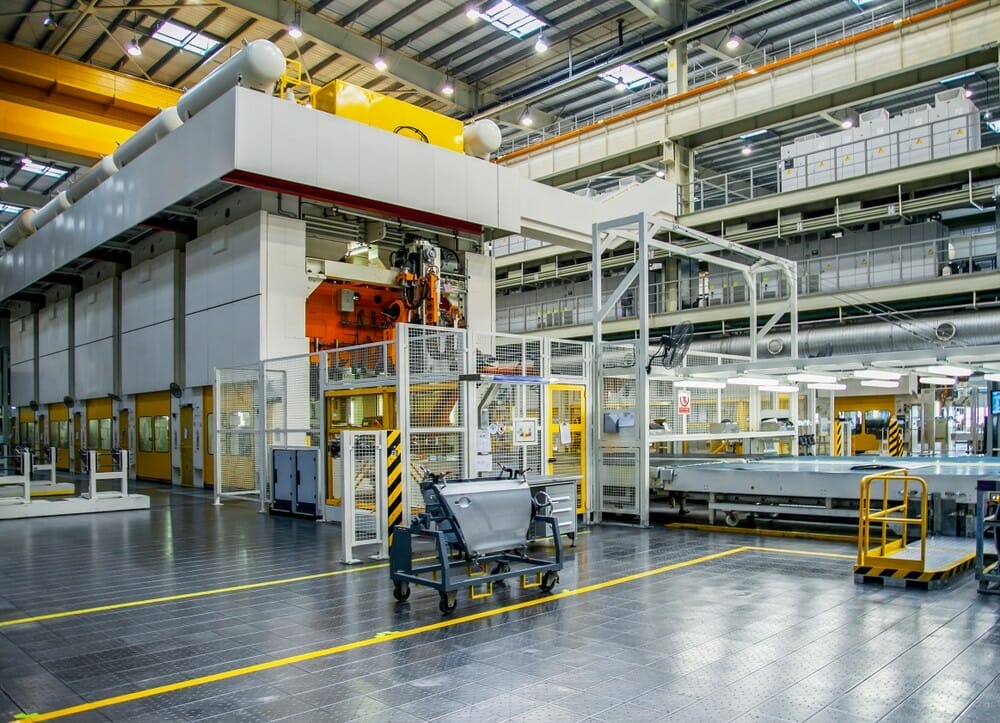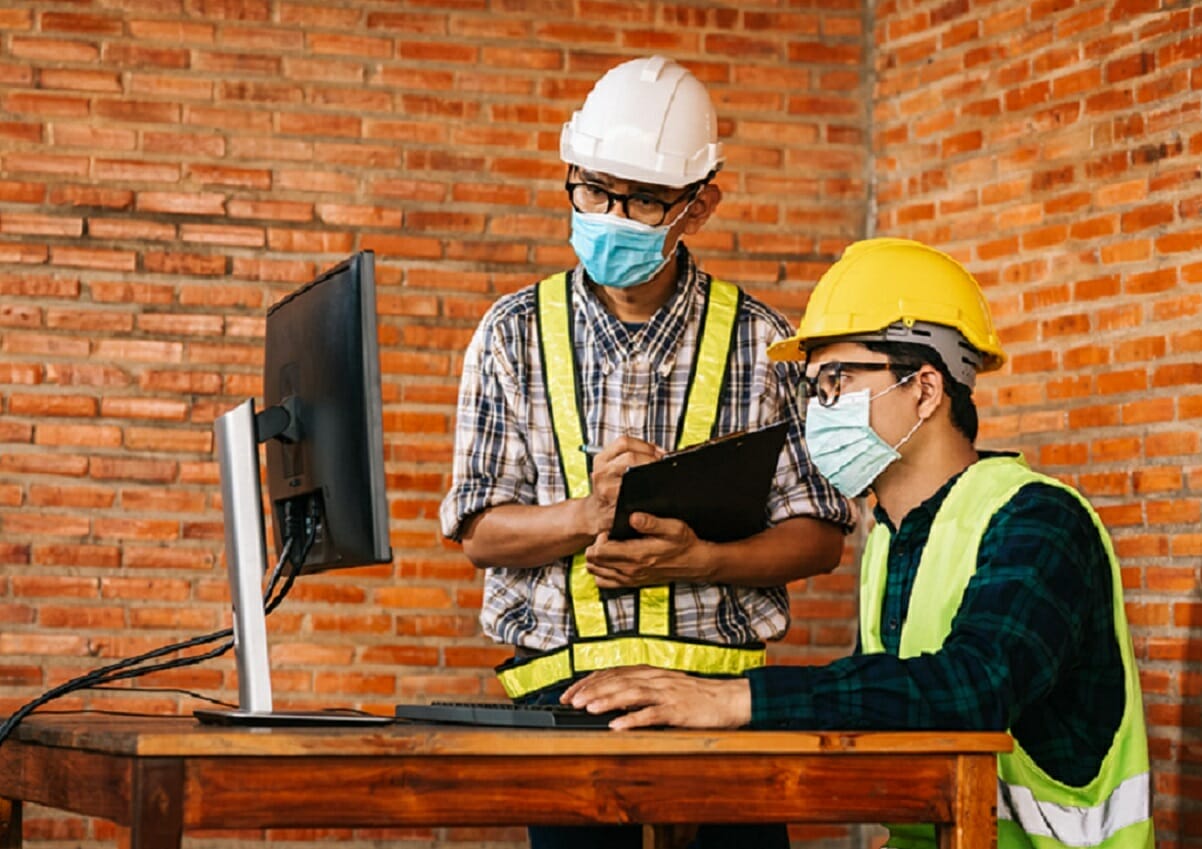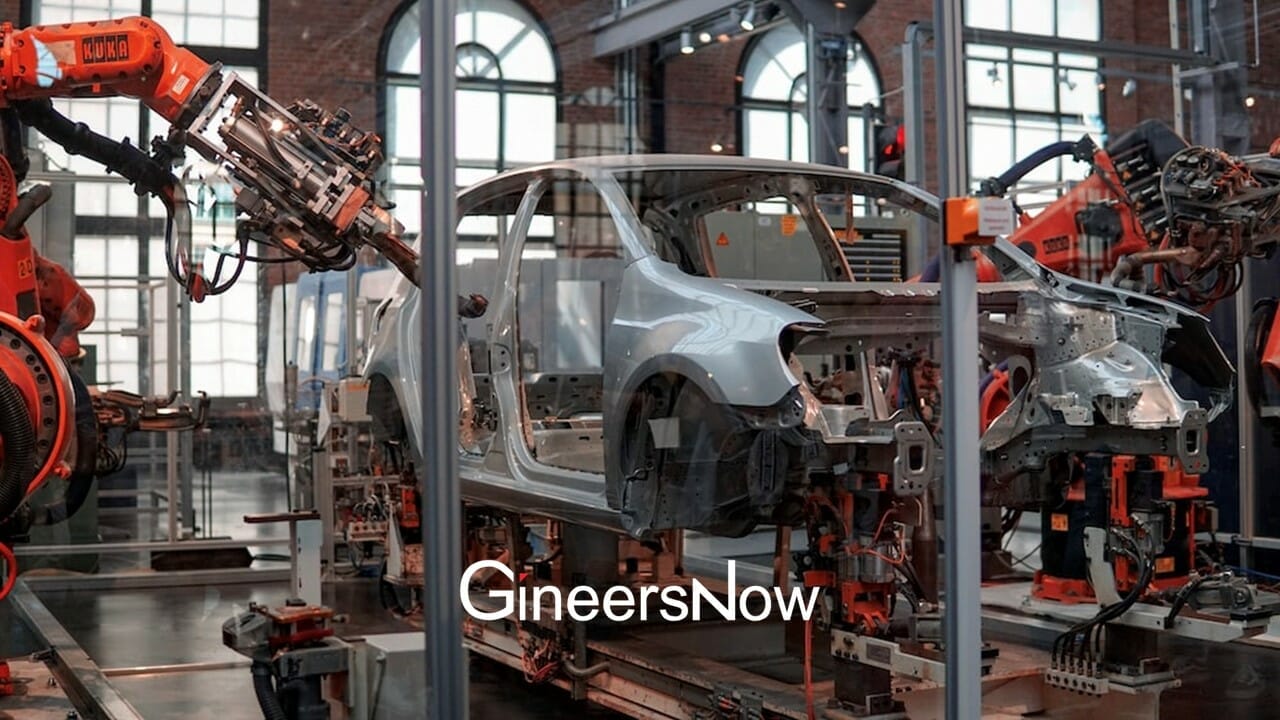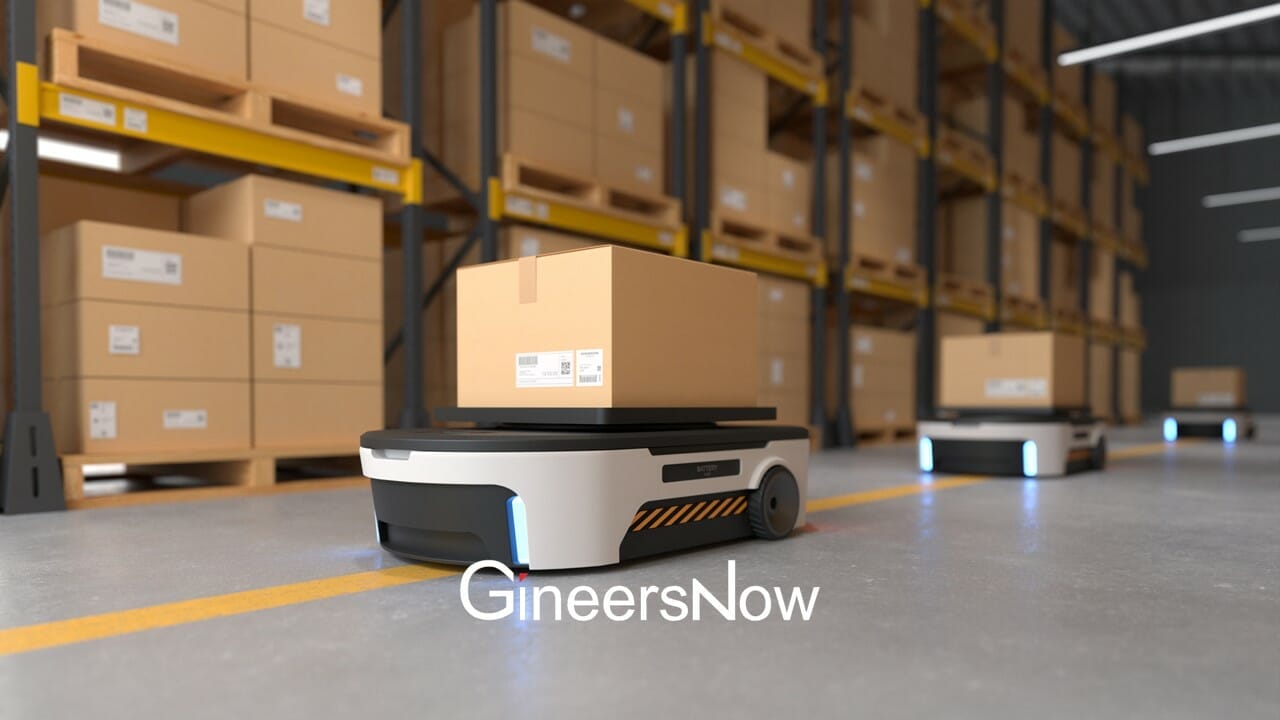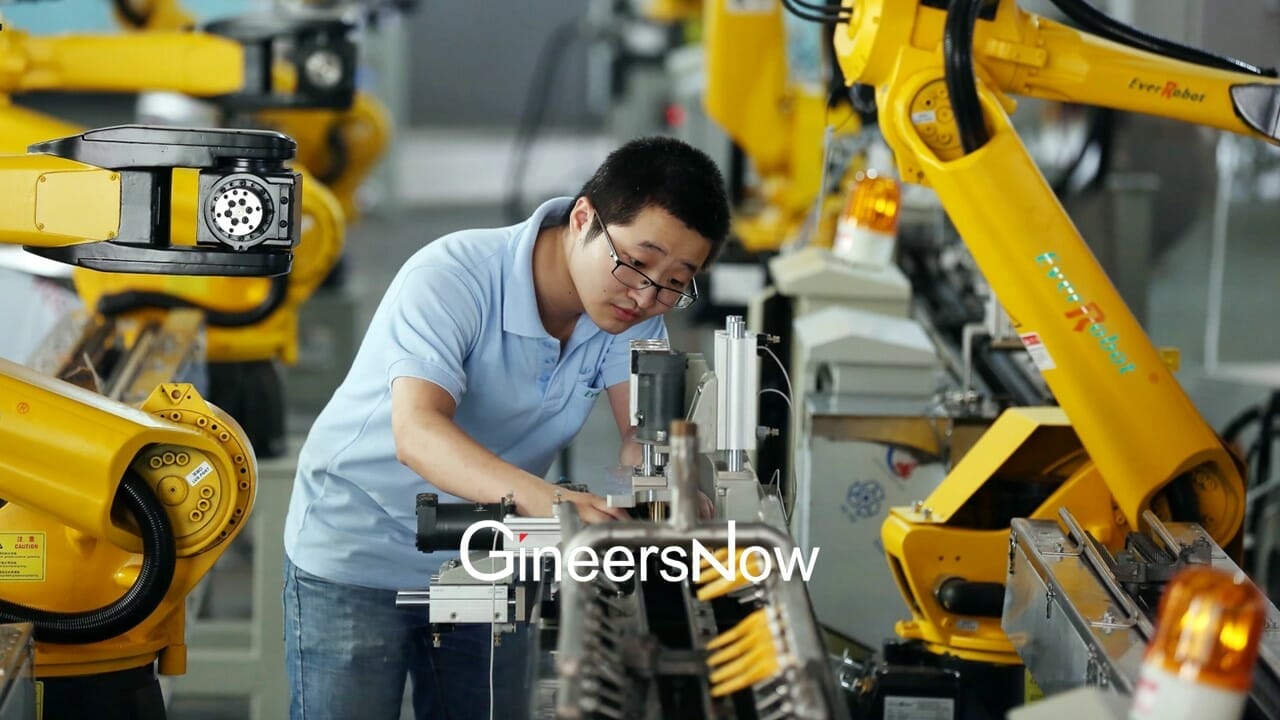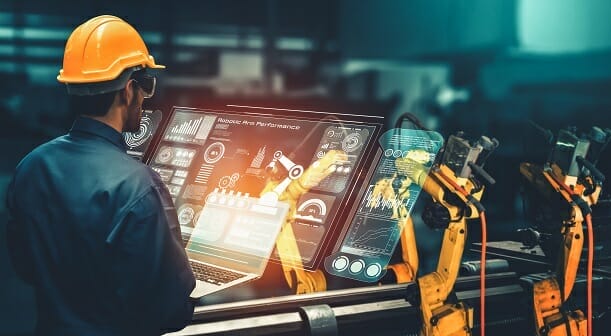Automation
The COVID-19 pandemic has forever changed the warehousing industry. The spread of infectious diseases puts workers at risk, but the work must go on. Instead of having humans move packages and manufacture goods by hand, facilities are using machines to reduce the spread of germs that can lead to infection. That’s why industrial analysts believe “the pandemic displaced more workers in automatable occupations, putting them at a greater risk of being permanently automated.”
The automotive industry is already known for its use of automation, and the recent healthcare crisis will only accelerate this trend. Find out what this means for the automotive industry at large.
Fewer Workers on Site
Running a business in the age of COVID-19 can be a challenge, if not impossible. Many states and countries have imposed strict lockdowns on non-essential businesses. Even if some facilities could stay open throughout the pandemic, the cost of keeping workers safe can be prohibitive for some corporations. Employers must now invest in face masks, gloves, disinfectant and proper ventilation to limit the spread of airborne particles that can lead to infection.
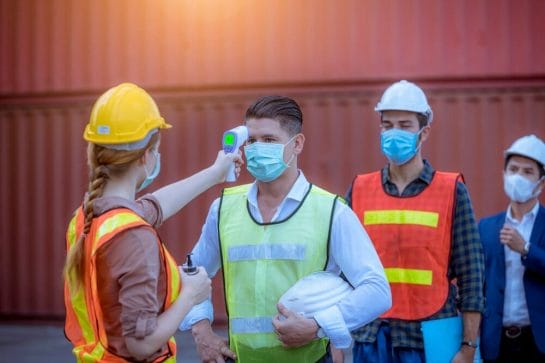
To get around these new expenses, many companies doubled down on their investments in automation. Replacing human workers with machines limits the number of personnel on-site which reduces the chances of infection. Having fewer workers on site has helped these companies rebound faster than they would have if they had used human workers. Automation reduces the need for employee participation and training, so managers could start producing new vehicles with little help from the outside world.
With machines doing the bulk of the work, managers didn’t have to worry about new outbreaks disrupting their operations. If someone came to work infected with COVID-19, they would’ve had to close down the facility, disinfect nearly every surface and ask their workers to quarantine to make sure they were not infected with the virus.
For many companies, automation meant stability and predictability in an increasingly unpredictable world.
Increasing Efficiency
Automation was known for its benefits long before the rise of COVID-19. Industry experts believe companies that employ the latest technology effectively are 10 times more productive than those that do not. Machines can usually complete a task in a fraction of the time it would take a human worker with less room for error.
With so many parts to keep track during the manufacturing process, it’s often much cheaper and more efficient to have a robot retrieve the item or part in question instead of having a worker walk up and down the aisle. Facilities can program smart picking paths for these machines, so they take the same route every time. Managers can time the process down to the exact second, considering the machine will never deviate from this plan.
This has also helped automotive manufacturers anticipate the future of their operations with as few variables as possible. They can keep their operations going regardless of what’s going on with the coronavirus.
Augmenting, Not Replacing Human Workers
Putting together an automobile is inherently complex. Many companies depend on the craftsmanship of their workers instead of solely relying on machines. They may use what’s known as augmentation to improve and enhance the abilities of their employees. The machine will help them navigate the facility, while supporting proper ergonomics to make sure the worker doesn’t injure themselves on the job.
From remote scanners to robotic exoskeletons, this approach increases efficiency without outright replacing humans. In this way, automation can help create jobs for workers instead of getting rid of them entirely.
Once the workers are hooked up to the machine, employers can track their movement in the facility. This helps them keep track of where they have been and with whom they have been in contact. Managers need access to this information during the pandemic to limit person-to-person interaction that could lead to infection. For example, if two workers get within the recommended six feet from each other, the system will automatically alert the manager so they can test these workers before an outbreak should occur.
If a worker later tests positive for COVID-19, the manager can go back through the records to see how this may have impacted their facility. They can then begin disinfecting surfaces and contacting individuals and asking them to quarantine.
Learn more about the design techniques for exploring automotive interaction in the drive towards automation.
Keeping Up with the Latest Technology
As more companies invest in automotive automation, the industry will continue to improve this technology. The companies taking advantage of these trends will rise to the top, while those with last year’s gear may struggle in this highly competitive industry.
Companies continue to look for ways to advance their operations by researching the latest trends. Here are some of the biggest automotive industry developments to expect in the next decade.

If you have yet to invest in automation, there are other ways to increase efficiency while reducing the spread of the coronavirus. Consider keeping your inventory in bulk wire baskets to avoid confusion in the workplace. Your employees will be able to see what’s inside the container without opening it, which reduces the number of touchpoints. Workers can quickly find what they need, reducing downtime.
Transporting your goods in bulk pallet containers can also help reduce the spread of disease. Have your team use a lift truck to quickly move large quantities of goods in just a few minutes. They won’t have to move dozens, if not hundreds, of packages by hand which increases the number of touchpoints in your facility.
With these tools on hand, your workers will be able to do the job on their own without worrying about interacting with other employees who may be infected. Keep your costs low and delegate tasks to your workers without increasing the risks of infection. Over time, you can improve efficiency without increasing your overhead. It’s all about having your team worker smarter, not harder.


